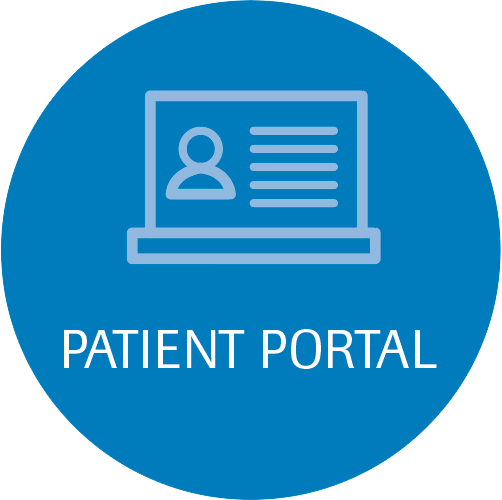What is a PFT and what does it do?
Pulmonary function tests are a group of tests that measure how well the lungs take in and release air and how well they move gases such as oxygen from the atmosphere into the body’s circulation.
There are 3 types of pulmonary function tests performed at Jackson Hospital. They are:
- PFT Screen – Shows flow vs. volume by time without bronchodilator.
- PFT Pre and Post – Pulmonary test without bronchodilator followed by another test after bronchodilator.
- PFT Pre and Post with DLCO-DLCO (Diffusion Capacity) measures the amount of oxygen passing from the air sacs in the lungs into the blood.
Pulmonary function tests are done to:
- Diagnose certain types of lung disease (such as asthma, bronchitis, and emphysema)
- Find the cause of shortness of breath
- Measure whether exposure to chemicals at work affects lung function
- Check lung function before someone has surgery
It also can be done to:
- Assess the effect of medication
- Measure progress in disease treatment
Who performs the test?
The test is performed by a licensed Respiratory Therapist.
Where does it take place?
At Jackson Hospital in the Respiratory Department.
How long does it take?
About 30 minutes.
What you can do to make it a success?
Please be sure to bring your doctor’s orders with you the day of your test. Please arrive 15 minutes prior to your appointment time to register.
What to do before your exam?
There are no special dietary restrictions for this study.
Do not take your respiratory medications for 4 hours prior to coming in for your study. All other medications should be taken as prescribed.
What happens during your exam?
In a PFT test, while you are sitting, you breathe into a mouthpiece that is connected to an instrument called a spirometer. The spirometer records the amount and the rate of air that you breathe in and out over a period of time.
For some of the test measurements, you can breathe normally and quietly. Other tests require forced inhalation or exhalation after a deep breath. Sometimes you will be asked to inhale the substance or a medicine to see how it changes your test results.
Lung volume measurement can be done in two ways:
- The most accurate way is to sit in a sealed, clear box that looks like a telephone booth (body plethysmograph) while breathing in and out into a mouthpiece. Changes in pressure inside the box help determine the lung volume.
- Lung volume can also be measured when you breathe nitrogen or helium gas through a tube for a certain period of time. The concentration of the gas in a chamber attached to the tube is measured to estimate the lung volume.
If one of the tests requires a bronchodilator, you will be asked to take a few puffs from a MDI (Metered Dose Inhaler). You will then wait about 10 minutes before continuing with the tests.
To measure diffusion capacity, you breathe a harmless gas, called a tracer gas, for a very short time, often for only one breath. The concentration of the gas in the air you breathe out is measured. The difference in the amount of gas inhaled and exhaled measures how effectively gas travels from the lungs into the blood. This test allows the doctor to estimate how well the lungs move oxygen from the air into the bloodstream.
What to do after your exam?
You may resume normal activity after your study. Your test will be reviewed and interpreted by a physician. Your physician should have the results of your study in 24-48 hours.
Contact Information:
Hospital (main operator): (850) 526-2200
Cardiology Department: (850) 718-2559





